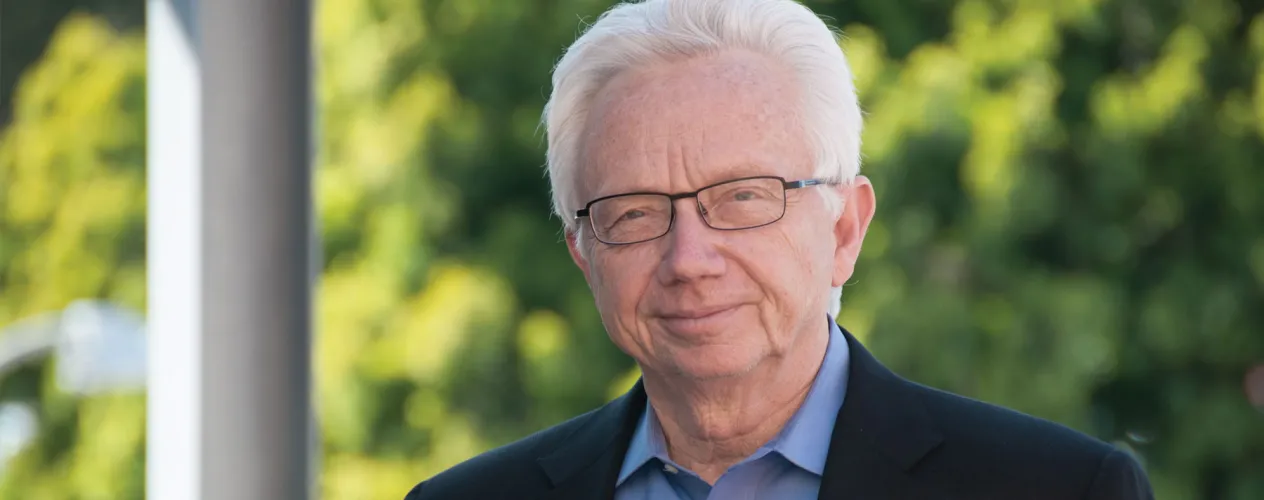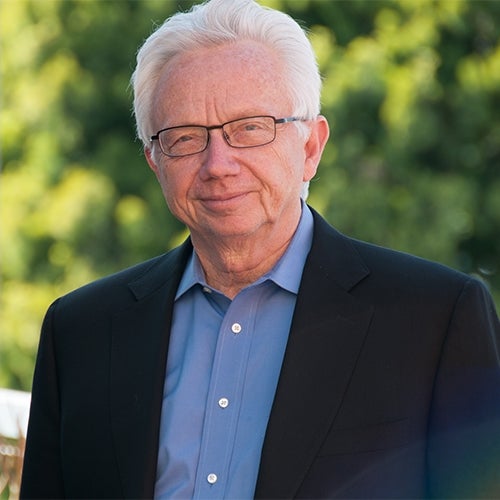A Call to Action
Fielding School faculty member Dr. Richard Jackson, who has held state and national public health leadership positions, says climate change demands new approaches.

THE MOUNTING HEALTH THREATS POSED BY CLIMATE CHANGE, both current and anticipated, are challenging public health professionals to constantly reassess their level of preparedness and, where appropriate, take bold actions, says Dr. Richard Jackson, professor emeritus of environmental health sciences at the Fielding School.
As a profession that promotes population health, we have a responsibility to be out front on this issue.
Jackson, who has served in both national and statewide public health leadership positions — as director of the U.S. Centers for Disease Control and Prevention’s National Center for Environmental Health and state public health officer of the California Department of Health Services — argues that the public health community has vital roles to play not only in readying itself for the prospect of more frequent and severe natural disasters, heat, and other climate-related concerns, but also in proactive efforts to prevent or reduce climate-related health effects by working with policymakers and leaders in other sectors.
In California, the deadliest and most destructive wildfire season in the state’s recorded history last year served as a reminder that climate change raises the stakes on multifaceted disaster planning efforts. “The wildfires had an impact well beyond the people in their direct path — including the loss of power, the need to evacuate hospitals, and the fact that much of the population couldn’t go outside for days because of the health hazards,” Jackson says. Disasters tend to fray even the best-prepared public health response systems and require outside support, Jackson says, underscoring the importance of advance coordination and emergency drills.
Local public health agencies are also increasingly developing heat emergency plans and warning systems, Jackson notes. Among the goals: ensuring that isolated and vulnerable populations, including the elderly and homeless, have access to air-conditioned spaces. While cooling centers represent a short-term solution, Jackson believes more focus is needed on developing green spaces and tree canopies, which can both reduce carbon dioxide emissions and cool the local climate. Any long-term strategy, he says, must also include building redesign that promotes energy efficiency and healthful indoor environments.
All public health professionals will need to be well versed in the impact of climate change on health and how those threats apply locally, Jackson says, adding that an informed public health workforce can encourage residents to leave cars at home and walk to work or to public transit — strategies that are healthy for individuals as well as for the climate.
“A decade ago there was very little activism on the part of the public health community around climate, but we’ve seen a dramatic shift,” Jackson says. “The science has become profoundly more robust, and as a profession that promotes population health, we have a responsibility to be out front on this issue.”
